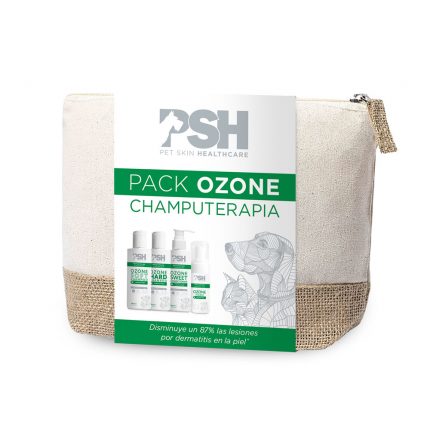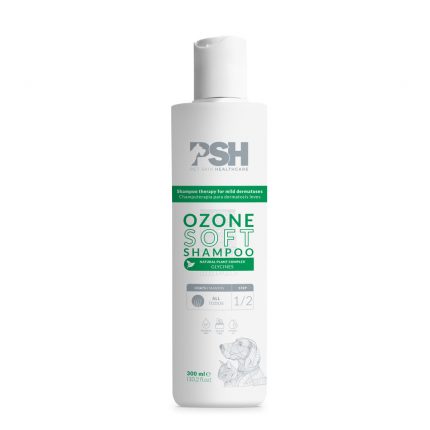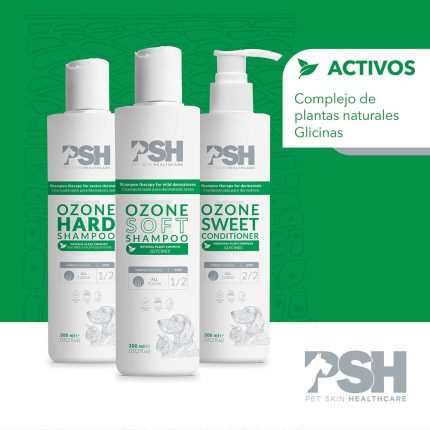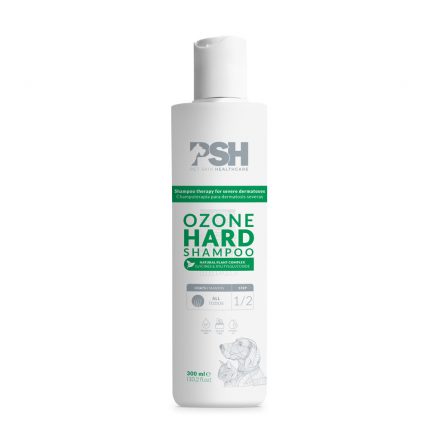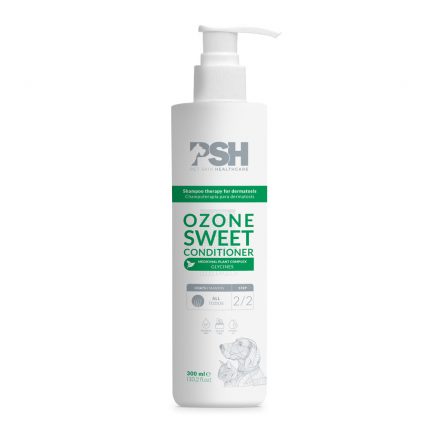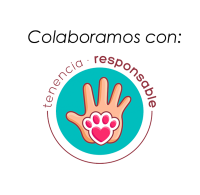
Blog
Questions to ask our veterinarian - Hair loss in dogs and cats

Does the hair of animals have a seasonal shedding cycle? When is the normal shedding period?
The follicular cycle of the hair has three phases of development, the anagen or birth phase, the catagen or maturation phase and the telogen or shedding phase. The shedding period depends on the breed, although there are always two general shedding periods, spring and autumn.

Do short-haired and long-haired animals shed differently?
If they lose hair differently because each one has a cycle and a way of shedding hair, being for example the Labrador or the Golden have a continuous shedding all year round.
What can be done if a dog or cat is shedding more hair than usual?
Obviously take your pet to a veterinarian/dermatologist who knows how to differentiate whether the alopecia is inflammatory or non-inflammatory and from there develop the different differential diagnoses to be developed.
If a dog or cat loses hair in a normal way, what can it be due to?
If it is accompanied by pruritus, it may be due to a non-inflammatory alopecia, whether parasitic, infectious or a consequence of CAD.
If the alopecia is non-inflammatory, endocrine, genetic (genodermatosis) or neoplastic diagnostic protocols will have to be developed to reach a definitive diagnosis.

How to avoid it?
Maintaining proper skin hygiene and hydration is essential for the proper functioning of the skin barrier to avoid alterations in its microbiome and microbiota.
What products can we use for this and how do they help?
We must use both a champutherapy and a conditioner that gives us an optimal functioning of the skin barrier that gives a good structure and conformation of the same, acting with a frequency of use depending on the evolution of the lesions and the complexity of the same.
In this sense, PSH's skin sensitive and ozone ranges provide us with the ability to restore the skin barrier and maintain it.

